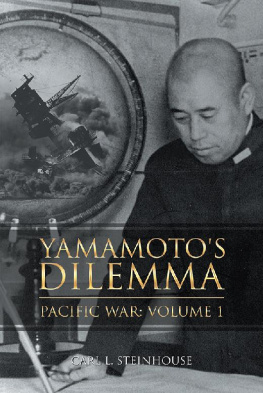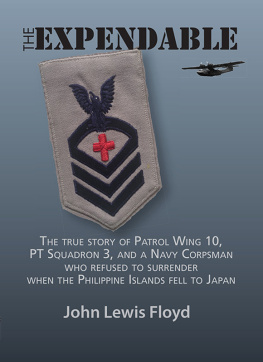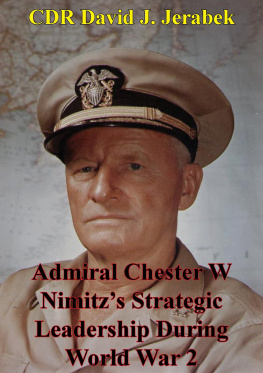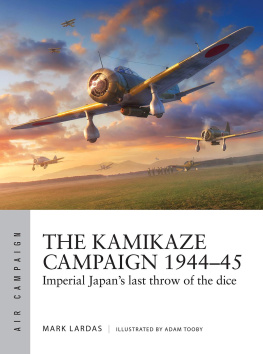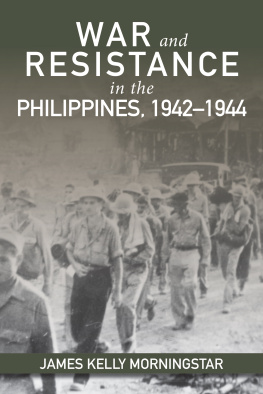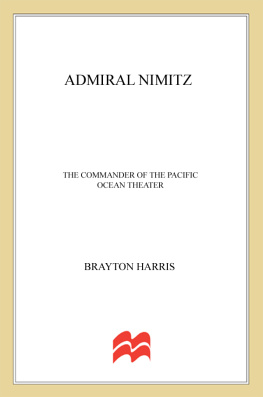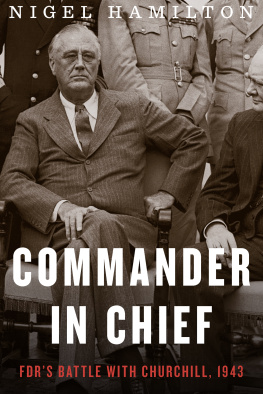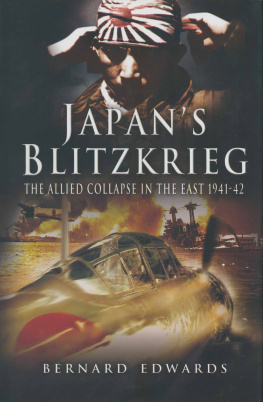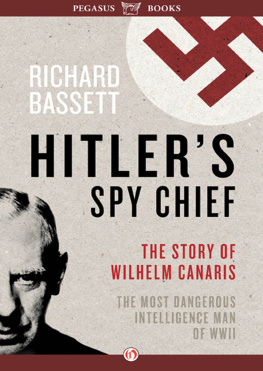Dirk Jan Barreveld - Cushing’s Coup: The True Story of How Lt. Col. James Cushing and His Filipino Guerrillas Captured Japans Plan Z
Here you can read online Dirk Jan Barreveld - Cushing’s Coup: The True Story of How Lt. Col. James Cushing and His Filipino Guerrillas Captured Japans Plan Z full text of the book (entire story) in english for free. Download pdf and epub, get meaning, cover and reviews about this ebook. year: 2015, publisher: Casemate, genre: History. Description of the work, (preface) as well as reviews are available. Best literature library LitArk.com created for fans of good reading and offers a wide selection of genres:
Romance novel
Science fiction
Adventure
Detective
Science
History
Home and family
Prose
Art
Politics
Computer
Non-fiction
Religion
Business
Children
Humor
Choose a favorite category and find really read worthwhile books. Enjoy immersion in the world of imagination, feel the emotions of the characters or learn something new for yourself, make an fascinating discovery.

- Book:Cushing’s Coup: The True Story of How Lt. Col. James Cushing and His Filipino Guerrillas Captured Japans Plan Z
- Author:
- Publisher:Casemate
- Genre:
- Year:2015
- Rating:5 / 5
- Favourites:Add to favourites
- Your mark:
Cushing’s Coup: The True Story of How Lt. Col. James Cushing and His Filipino Guerrillas Captured Japans Plan Z: summary, description and annotation
We offer to read an annotation, description, summary or preface (depends on what the author of the book "Cushing’s Coup: The True Story of How Lt. Col. James Cushing and His Filipino Guerrillas Captured Japans Plan Z" wrote himself). If you haven't found the necessary information about the book — write in the comments, we will try to find it.
One night in April 1944, Admiral Koga (successor to Yamamoto), commander-in-chief of Japanese forces in the Pacific, took off in a seaplane to establish new headquarters. For security reasons he had his chief-of-staff, Rear Admiral Fukudome, fly in a separate seaplane. But both aircraft ran into a tremendous typhoon and were knocked out of the skies. Kogas plane crashed with the loss of all hands. Fukudomes crashlanded into the sea off Cebu, the Philippines, and both the admiral and the precious Japanese war plans floated ashore.
Lt. Col. James M. Cushing was an American mining engineer who happened to be in Cebu when war broke out in the Pacific. He soon took charge of the local guerrillas and became a legendary leader. But his most spectacular exploit came when he captured Admiral Fukudome and the Plan Z that was in his tow. The result was a ferocious cat-and-mouse game between Cushings guerrillas and the Japanese occupation forces. While Cushing desperately sent out messages to MacArthur to say what he had found, the Japanese scoured the entire countryside, killing hundreds of civilians in a full-scale attempt to retrieve their loss.
Cushing finally traded the admiral in return for a cessation of civilian deathsbut he still secretly retained the Japanese war plans. Naturally both Tokyo and Washington tried to cover up what was happening at the timeneither wanted the other to know what theyd lost, or what theyd found. However, in this book we finally learn of the huge intelligence coup by Lt. Col. Cushing that helped to shorten the entire war.
Table of Contents
PREFACE
ACKNOWLEDGMENTS
PART ONE: THE PACIFIC ON FIRE
PROLOGUE: THE ORIGINS OF THE SECOND WORLD WAR
1 THE OTSU INCIDENT
2 JOINING THE GOLD RUSH
3 THE MAGIC OF CEBU
4 SITUATION UNTENABLE
5 THE HUNT FOR PLAN Z
6 JAPAN AND WORLD WAR II
7 UNDER ATTACK!
8 THE AMERICAN SURRENDER
9 THE JAPANESE OCCUPATION OF CEBU
PART TWO: GUERRILLA WARFARE IN CEBU, PHILIPPINES
10 THE BIRTH OF A GUERRILLA ARMY
11 TABUNAN
12 JAPANESE COUNTERATTACKS
13 GUERRILLA WARFARE IN THE PHILIPPINES
14 THE BATTLE FOR TABUNAN
15 THE STRUGGLE FOR RECOGNITION
PART THREE: THE Z-PLAN
16 THE CODE BREAKERS
17 THE DOCUMENTS THAT CHANGED THE WAR IN THE PACIFIC
18 PLAN Z IN AMERICAN HANDS
19 GENERAL DOUGLAS MACARTHUR AND THE PHILIPPINES
20 PLANNING THE RETURN
21 I HAVE RETURNED
22 THE LIBERATION OF CEBU
PART FOUR: EPILOGUE
23 THE END OF WORLD WAR II
24 THE OTSU INCIDENT IN HINDSIGHT
25 LIEUTENANT COLONEL JAMES M. CUSHING
ENDNOTES
BIBLIOGRAPHY
Dirk Jan Barreveld: author's other books
Who wrote Cushing’s Coup: The True Story of How Lt. Col. James Cushing and His Filipino Guerrillas Captured Japans Plan Z? Find out the surname, the name of the author of the book and a list of all author's works by series.

